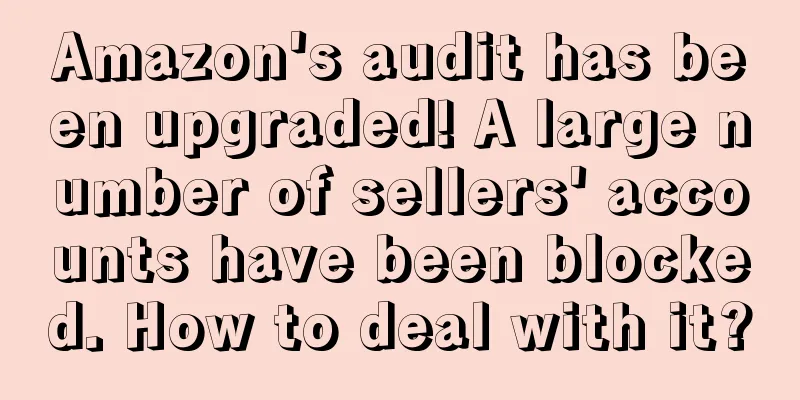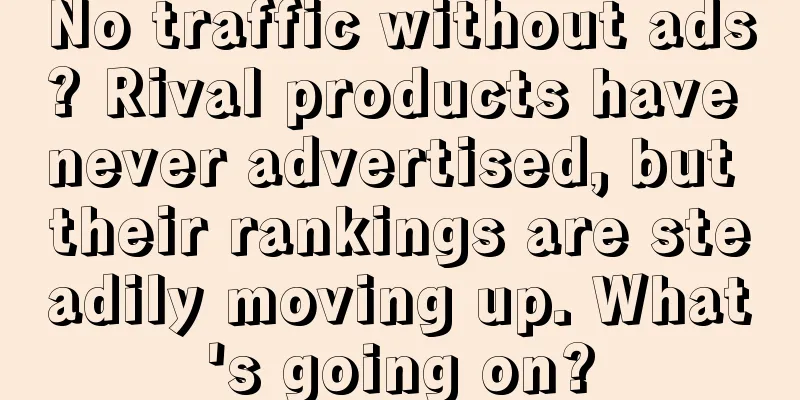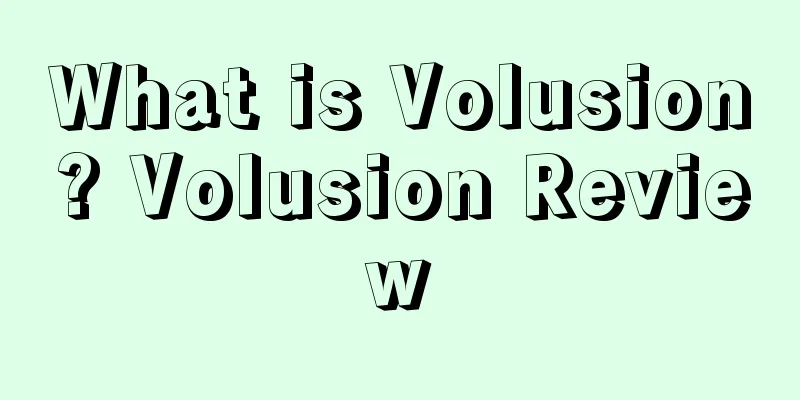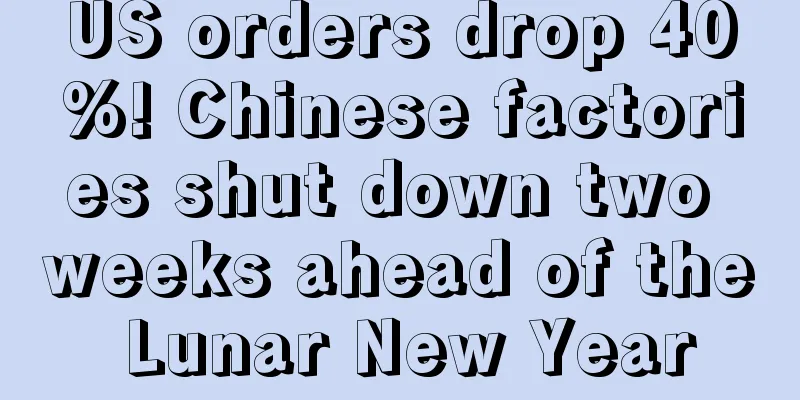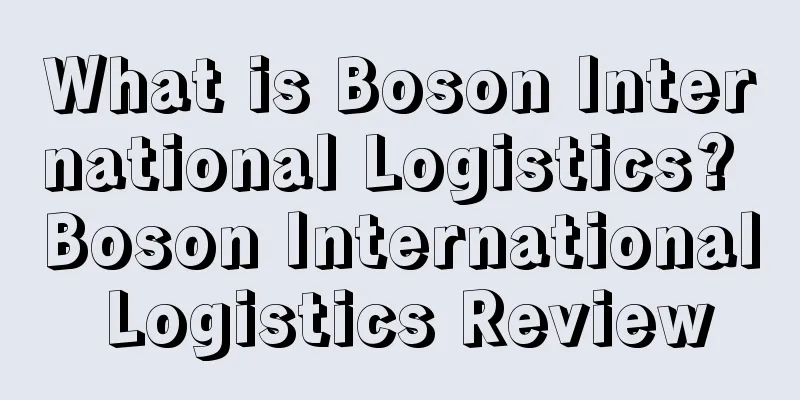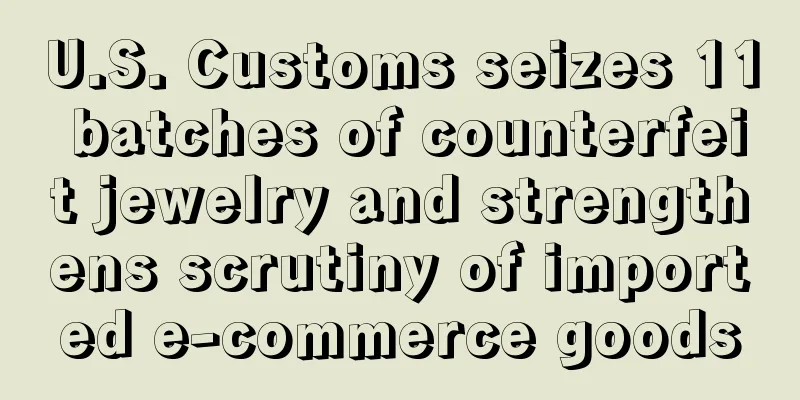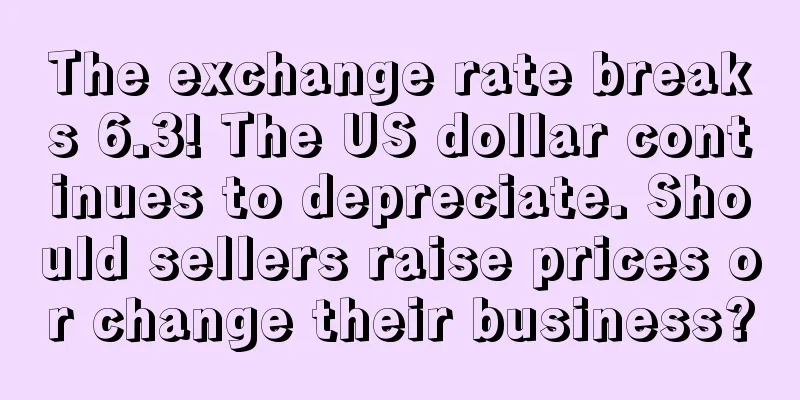Using negative delivery can make your traffic more accurate and clicks more efficient. How to find the off-site traffic that suits you?
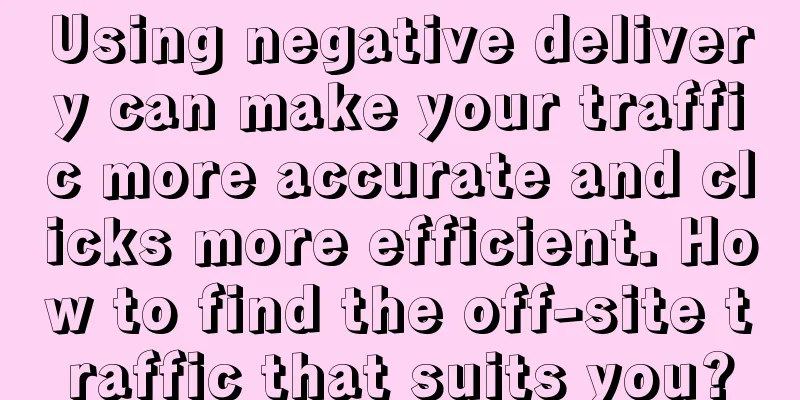
|
Negative placement means that we deliberately block advertising words when doing advertising promotion. By blocking this word, our product clicks will no longer appear under this word. Suppose we are a seller of handbags, and our keyword is bag. When we use broad matching, Amazon will continue to select more words that customers search for as new keywords for us. After matching the new keywords, we find that many clicks are under the new keywords but do not bring us conversions. At this time, we have to consider how to avoid Amazon matching this search term for us. First of all, we need to understand where negative placement is applied. Negative placement is generally applied at the ad group level. The purpose of negative placement is to reduce the appearance of irrelevant traffic to lower our natural ranking. It can also be used as a filter to exclude keywords that are not very high-quality and traffic that cannot be converted for a long time. But we should be careful not to use negative placement too frequently, otherwise Amazon will gradually block high-quality keywords and traffic will be lost. And do not negate large words that contain many categories, which will lead to lower bids. Negative words: When we sell two products at the same time, but do not want the words of product A to affect product B, we can set the conflicting words of the two products + the category of product A as negative delivery, which can exclude irrelevant scenarios and effectively avoid invalid traffic; If we don’t want a certain word to be associated with our own product or brand, we can block the single word. This way, our product will not appear when searching for this word + our product, thus avoiding invalid traffic. Negative products: After we create a manual ad and fill in the bid, we can do product negation. When our promotion appears on the product details page of a big-name product or a best-selling product, because we are not competitive enough, basically no conversion will be generated no matter what we do. Then we can set it to deny the brand or product to avoid invalid traffic. Note: This situation applies to the later stage. In the early stage, we need to cast a wide net and basically associate all the keywords that can be associated. When we need to promote in the later stage, we need to place more precise ads. Moreover, this kind of advertising itself is a relatively low-budget thing. If we deny too much, it will lose its effect. Automatic advertising is a very good way to check listings. The non-conversion traffic and irrelevant traffic that comes out of automatic advertising and is related to the product need to be immediately denied. If we have a large amount of irrelevant traffic when doing automatic advertising, we cannot use negative delivery, but directly choose to review whether the keywords, titles, five points, product descriptions, etc. in the listing background are reasonable. If not, make corrections immediately. Note: It is not that you cannot set negative delivery here, you can only make corrections, but because setting negative delivery will reduce the relevance between the product and the keyword. So the first thing we consider is to reduce the bid rather than reduce the relevance. We who work on Amazon know that there are two main ways to promote on Amazon, namely on-site traffic and off-site traffic. But since reviews and keyword links have been severely cracked down, most sellers can only choose to do on-site advertising, but as the demand for on-site advertising grows, the price is also rising. So for us small and medium-sized sellers, how can we reduce our promotion expenses accordingly through off-site promotion? When promoting on social platforms, we should pay attention to the characteristics of the promotion platform to match the characteristics of our products. If we are making some relatively new and unique products, we can choose TikTok, because there are many young people on the TikTok platform, and everyone likes new and unique things; If we are selling beauty products, clothing and other platforms, we can choose platforms like Instagram and Pinterest. First of all, Instagram is a relatively young picture sharing platform, and most of the pins are women. Sharing our clothing and beauty products in the form of pictures will highlight the advantages of our products to the greatest extent. Although the publicity efforts on these two platforms are relatively large, there are many big sellers and the competition is also relatively fierce. It is not recommended for inexperienced sellers to do this; Of course, if we need to do blogger promotion, we need to look at the platform attributes and fan attributes of the blogger we need to cooperate with, which will be more accurate; If we don’t cooperate with bloggers, we need to build our own brand on the above social platforms and publish information about our own store products. We can also put product links or discount codes below the information, which will also attract more customers to buy our products. Of course, this road will be long, because these platforms will not give us feedback immediately after we publish information. It takes a long time to accumulate fans and build our own brand effect. This is more suitable for sellers who already have their own brands on Amazon. Paid advertising promotion platforms are some advertising search platforms, such as Google, Facebook, etc. This kind of platform is very suitable for some rigid-demand products, that is, some products that are not easy to get attention at ordinary times and are only needed in a certain field or at a certain time. So why choose these platforms for promotion? First of all, it is impossible to obtain very accurate traffic for just-needed products, because they do not have a platform that is accurate and applicable and has a wide audience for promotion, so we can only obtain traffic on search-based paid promotion advertising platforms. But this also has certain problems, because the traffic is not accurate enough, it may cause waste and high costs. And introducing too much traffic that is not characteristic of this product will affect our natural ranking in Amazon. Until now, Deal Station is still a relatively safe choice for us. After all, compared with other promotion methods, it is efficient, flexible and low-cost. Of course, even if it is a good choice, our own hardware must be perfect enough. If our product selection is not satisfactory, then no matter how good the promotion is, it will not save it. We can also choose to promote our products by bloggers in blogs that are completely vertical to our product categories. However, this kind of vertical forum has very high requirements for promoting stores and products, so this method is not recommended for new products. At this point, you may be a little confused. Why is it so restrictive when it has so many advantages? In what situations is it more appropriate to use it? No matter how good something is, it can't be brought back to life by just using it casually. If the following situations occur, you can use Deal. During periods of declining product sales, we can increase exposure through Deals to prevent further declines in rankings and traffic, while stabilizing our order volume; During the inventory clearance period, we can also use Deals to prevent our products from being unsalable. This can reduce our overseas storage costs and reduce the inventory pressure caused by poor product selection and out-of-season products. During the new product promotion period, we can use Deal to place orders for new products and get good reviews, which can improve the natural ranking of our new products; During the ranking rush period, we can use Deals to increase our natural traffic on Amazon, increase conversion rate, weight, order volume, etc., and keep our new product rankings steadily rising. |
>>: Decryption service provider registration principle
Recommend
[DNY123 Cross-border Morning News] ShopeePay starts to support DuitNow QR code payment, Lazada releases Double 12 cross-border brand hot selling list
Wednesday, December 16 《DNY123》>>>Cross-b...
Sellers beware! This type of product is strictly inspected by US Customs!
<span data-shimo-docs="[[20,"获悉,据外媒报道,自202...
Should I choose to split the goods or pay the warehouse configuration fee at the US site? Which way is more cost-effective? Actually, I can save on logistics costs by shipping via the US West Coast, but can the delivery time be guaranteed?
Anonymous user My C position For example, this is ...
What is Kparser? Kparser Review
Kparser is a keyword research tool. This keyword s...
2024 Halloween consumer trend survey: 67% of Americans pay more attention to costume size
It is learned that recently, Halloween Costumes, a...
What is JM Logistics? JM Logistics Review
BuyLogic (Shenzhen BuyLogic International Freight ...
Amazon's grand finale! The world's most popular artists support Prime Day!
As this year's Prime Day is getting closer, A...
Share! The most complete and detailed Amazon professional terms you must know 30+
Normal, once there is data abnormality, such as s...
What is Six Degrees Consulting? Six Degrees Consulting Review
Shenzhen Liudu International Business Consulting i...
What is AMZScout? AMZScout Review
AMZScout is the smartest Amazon product research t...
What is Miaoxin Express? Miaoxin Express Review
Shanghai Miaoxin Express Co., Ltd. was established...
A large number of listings were found to have ChatGPT to fake positive reviews? Amazon issued a warning to block the account
The "ChatGPT virus" has swept the world,...
Youtube celebrity cooperation English email template
模板一Dear xx,Thank you very much for your time to re...
What is MiTao? MiTao Review
Metao is a website for limited-time sales of overs...
What is Yunquna? Yunquna Review
Yunquna is a one-stop international logistics onli...
